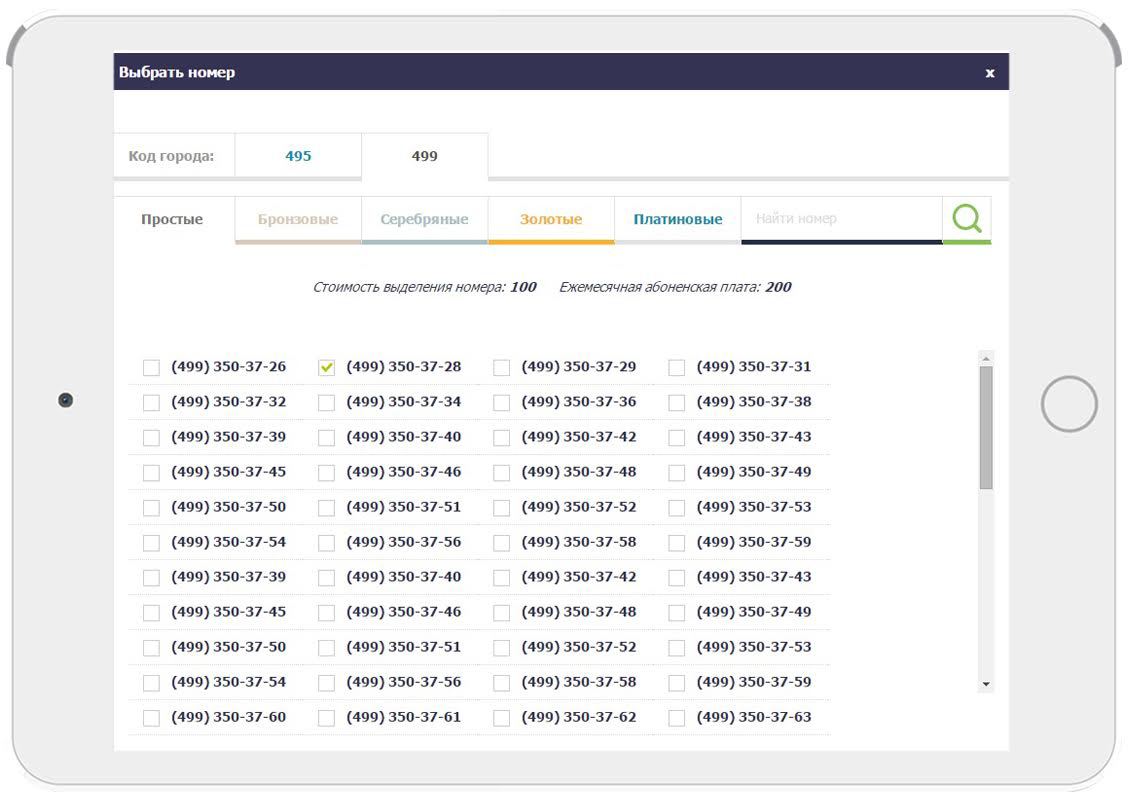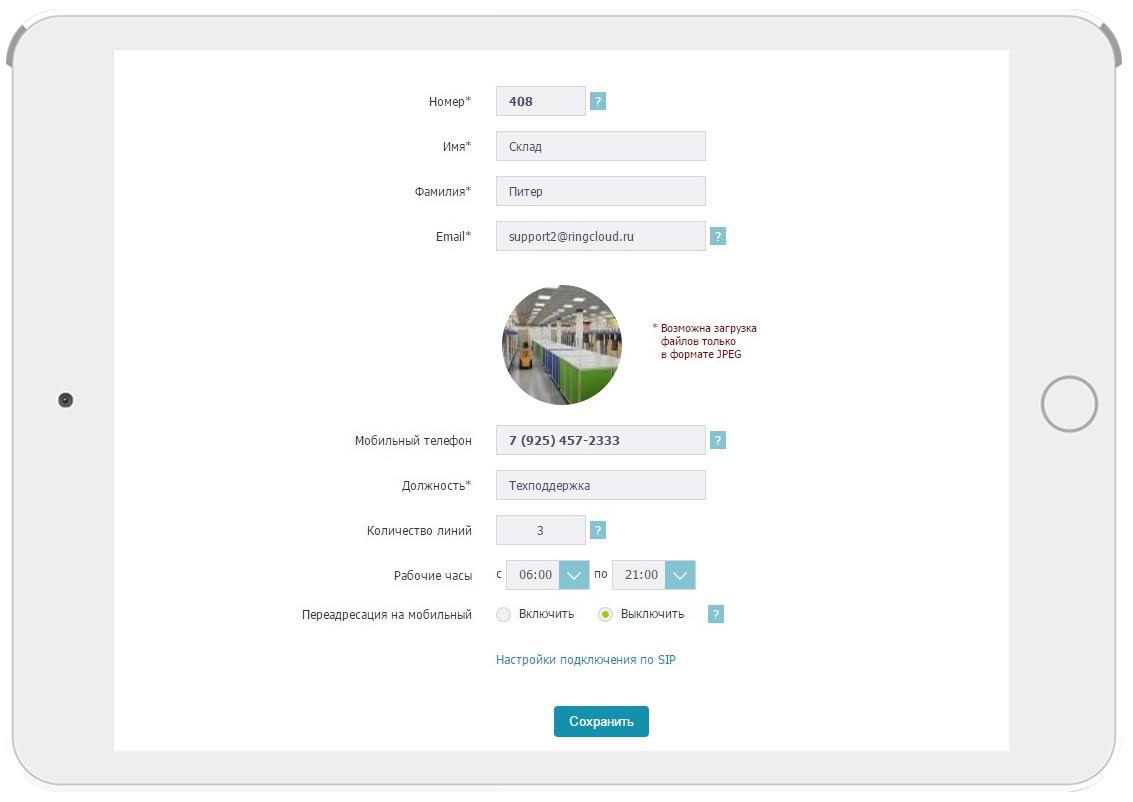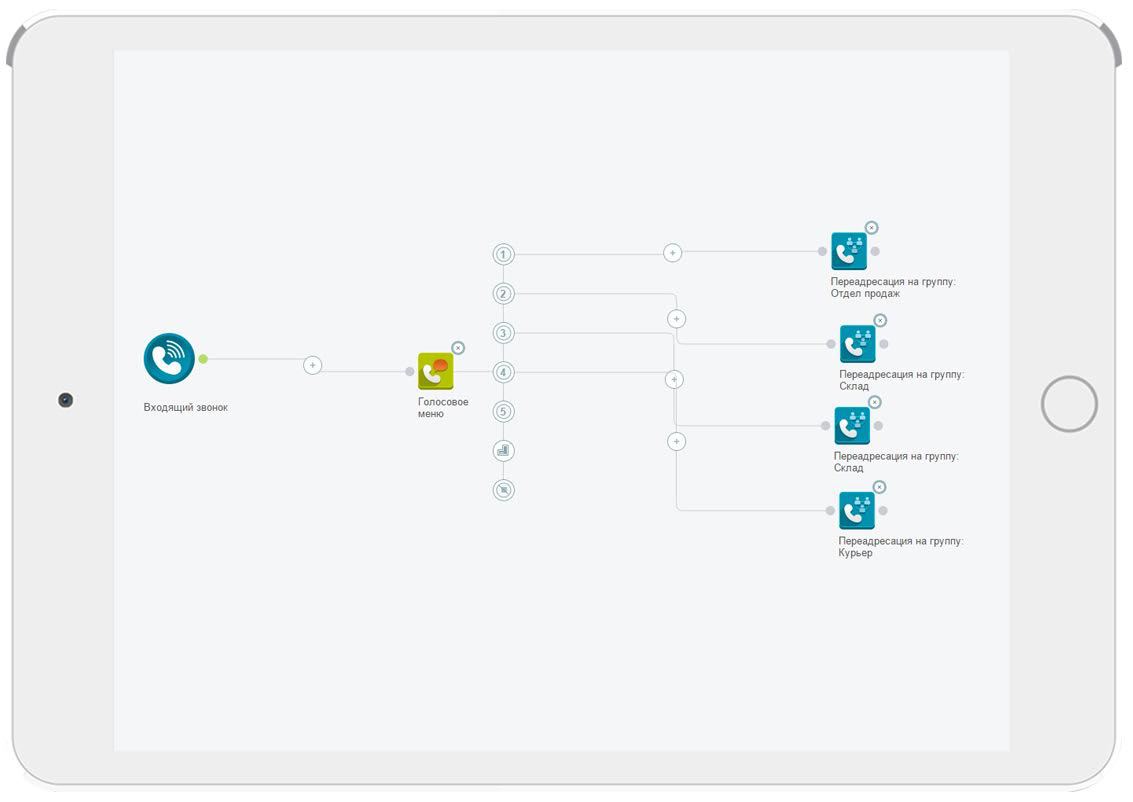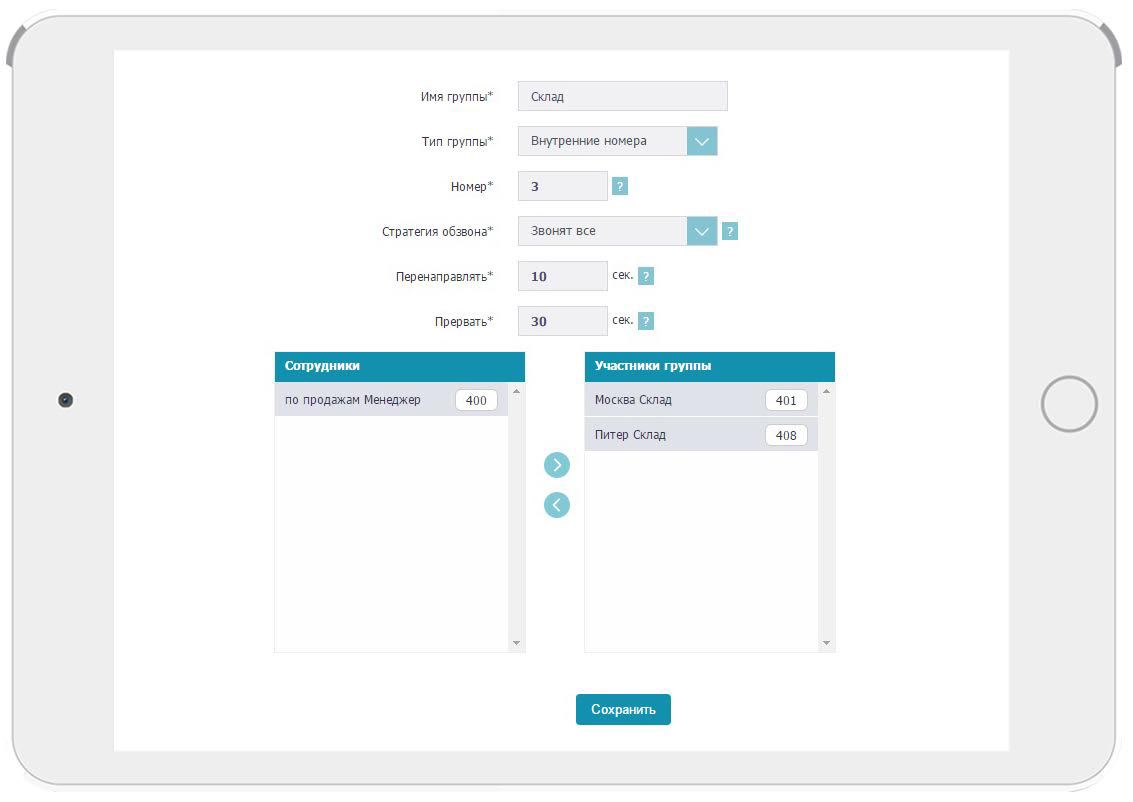Case: how to organize the work of a company with several offices

Virtual PBX RingCloud continues to publish cases on how telephony can help organize business processes for various fields of activity.
Earlier we talked about how telephony can help owners of online stores.
Now I am the owner of an online store (Part 1)
Now I am the owner of an online store (Part 2)
Now I am the owner of an online store (Part 3)
How to “turn” a freelancer into a serious company using telephony We
teach freelancers to lie
And about that how to organize the work of remote employees
Case: Organize the work of employees remotely
Today, we would like to talk about how telephony can organize the work of several offices. What advantages does the company receive and how can the life of the client be simplified in such a case?
What occurs in the head of an ordinary user when he hears the words “company”, “company”? Visually - a table, chair, telephone, computer, or several such workplaces in a room, or maybe even several offices or floors in a building. But there may be another option. The head office is in one building, and the sales department or warehouse is in another. Still, if we are talking about buildings, but what about cities? And for those who need to connect several different points distant from each other to ensure coordinated work, we wrote this case.
Who has more than one office in the same building?
- Firstly, companies that develop a regional network usually have a head office in the regional center and representative offices in cities of regional significance.
- Secondly, companies may have additional units - not full-fledged offices, but local employees. This may be an employee in a warehouse where the company rents a site for basing goods, at customs, etc.
- Thirdly, there is an office, and there may also be a production or workshop, where there are also company employees.
We will tell you how to combine them all at the lowest cost and using convenient solutions.
To start a company, you need to select a number . You can take “beautiful”, which is easy to remember, or one whose last digits rhyme with an advertising slogan. One number will be enough to organize an arbitrarily branched network.

Each employee should be available during the working day to monitor and resolve issues. Some field workers should be available not only to management, but also to customers calling the office from the outside, for example, to contact the delivery department, which is located in the warehouse, and to clarify the terms.
Therefore, in addition to the number, you need to organize telephony for the work of the department. For this, we enter the data of all employees into a virtual telephone exchange. Each employee will have their own short number, which will simplify the work of departments. You will not need to dial a landline or mobile number in order to contact one or another employee. Simply dial the short number of this employee.

To set up a unified telephony with one “beautiful” number between all these offices and employees, it would have taken a lot of effort and money, expensive equipment, and a complicated implementation process before. To service such a network, one would have to hire a staff member or a third-party organization. Now everything is much simpler, since there is the Internet and cloud technology. The Internet is accessible everywhere, and cloud technology allows you to send workflows and workloads to software and to remote equipment.
So, your customer is calling. He does not need to know that one of your offices is in Moscow, and the other, for example, in St. Petersburg; he needs to contact your company and not figure out exactly where to call him. It’s not so scary if you have a single number “8-800”, but what if your sales market is in Moscow and the warehouse with goods is in St. Petersburg? And the client wants to know about the availability of goods directly by calling the warehouse. How much will St. Petersburg's warehouse number confuse him? The situation is even more complicated when you have 2 warehouses or more, while you are selling goods only in Moscow. In this case, the employee who first accepted such a call will either have to figure out exactly where the goods the client wants is located, or the client will have to call several warehouses to get the information he needs. Of course, You can remove information about the warehouse from the site, do not post the St. Petersburg number on the site. But how good is this approach? The buyer wants to either solve the problem or get information, and if you do it for him right here and now, without wasting his time on “call another number”, etc., he will be extremely grateful to you. This is how loyalty is earned.
A small life hack will help here for the company: you unite employees into groups depending on their functions, not geography. So, for example, you may have a small warehouse in Moscow and a main warehouse in Novosibirsk; It’s more convenient to combine employees for the warehouse into one group, because the main thing is to find out if there is any necessary product at all, and only then to orient by delivery time.
You reasonably ask, why not use mobile numbers? Because the landline number allows your company to add +30 to respectability, +20 to reliability and +15 to trust among customers, and the cost of roaming for a client can “bite”.
The next step to the convenient not only for you, but also for the communication client will be a voice greeting on which will be written: "Hello! You called Horns and Hooves. To contact the sales department, press 1; in order to find out about the availability of goods - 2, to find out about the delivery time and status - 3 ”.

If the call came to the Moscow sales office, but the client also wants to know about the availability of goods in a warehouse located in St. Petersburg, and such information can only be provided in St. Petersburg, then you do not need to say “Call us back at 8-812 - *** - ** - ** ", but simply transfer the call to the internal number of a competent employee in St. Petersburg.
Different time zones
It happens that the company operates throughout the country in different regions. And this means that at the time when one office begins to work, the other is already finishing, and in the third they go to bed. On the one hand, this is inconvenient. But if you look differently, you can organize a round-the-clock call-center, appointing operators at different times in different regions. Moreover, the entire history of each subscriber's appeals to the company is available to everyone.
The ability of the operator to transfer the call to another employee located in any other place during the conversation plays an important role. Because it’s ridiculous to ask the caller to call back again, because he will have to listen to the voice menu again and wait for an answer. In addition, there is a risk that the employee “departed” for only five minutes, but a missed call and wasting time on a second call will leave an unpleasant aftertaste on the client.

Each office can specify hours of operation in the virtual telephony system, after which the call will immediately go directly to the employee’s mobile number, which is responsible for incoming calls after hours.
So, we tried to describe some of the mechanisms of functioning of a virtual PBX using the example of a company that has several offices. Technologies are becoming more advanced, cloud services are more convenient, more practical. They do not require a large amount or capacity of equipment, do not need maintenance personnel with all the ensuing consequences. They are more flexible and mobile, they are easy to adjust to the desired tasks. But will all the “mammoths” of telephony soon go down in history with their equipment and technologies? The question is interesting ...
